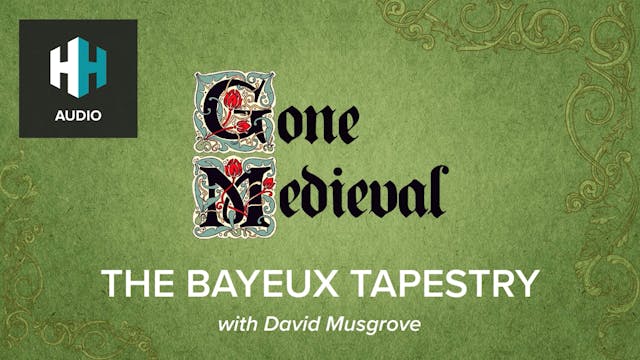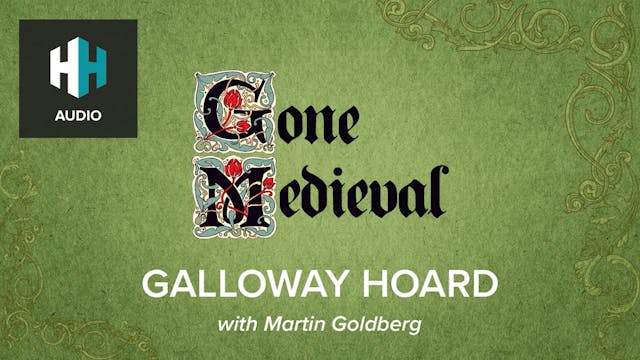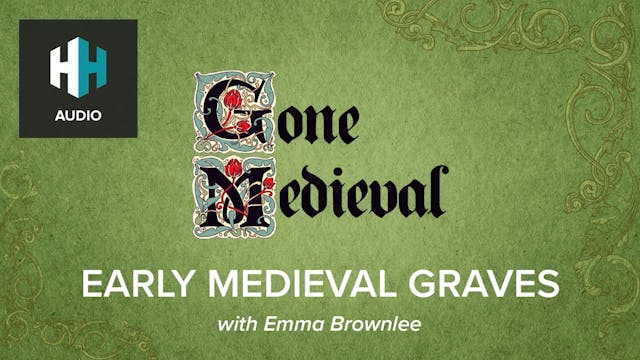🎧 Vikings & Mice: The Reach of Norse Explorations?
🎧 Gone Medieval
•
29m
The Azores, an autonomous region of Portugal in the middle of the Atlantic, was said to be discovered in 1427 by Portuguese explorer Diogo de Silves. However, new studies of the land suggest the Portuguese may not have been the island's first inhabitants. The key to these studies? Mice. Similarities have been found between Azorean and northern European mice. In this episode, Cat is joined by Ecology and Evolutionary Biologist Dr. Jeremy Searle from Cornell University. We delve into this unexpected location of Viking occupancy, exploring Jeremy's research on the land and the mice who can tell us more about our complex history. What can mice tell us about the movement of people in the past?
Up Next in 🎧 Gone Medieval
-
🎧 The Bayeux Tapestry
The Bayeux Tapestry is one of the world’s most prominent pieces of medieval art. Depicting the 11th-century invasion and occupation of England, the tapestry tells a story through detailed embroidery. But what can we learn about the Norman Conquest and the people being it through this skilful art?...
-
🎧 Galloway Hoard
In September 2014, a metal detectorist discovered the rarest collection of Viking-age objects ever found to date in Britain. The Galloway hoard displays a remarkable variety of material and treasures, not only from the United Kingdom but as far as central Asia. In this episode, Dr. Martin Goldber...
-
🎧 Early Medieval Graves
How we bury the dead has changed drastically throughout history, from grave goods to bed burials. But just how drastic are the changes in burial practices? In this episode, Cat is joined by archaeologist Dr. Emma Brownlee. Emma has studied an astonishing 33,000 graves across England and Europe an...



